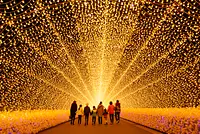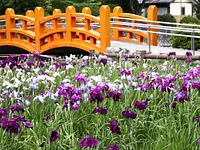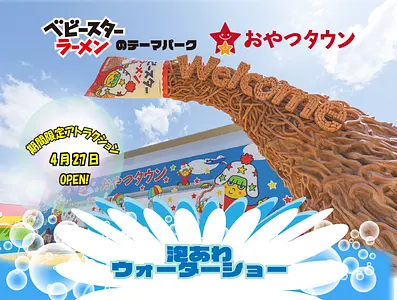Enjoy the countryside scenery and Japanese cuisine at Hinakaya, a village on the Isemiya River. A quiet and luxurious holiday for adults♪ (TakiTown)
掲載日:2018.03.21
One star in the Michelin Guide! ``Hinakaya'' is a private house with a thatched roof in a primitive architectural style, and is a restaurant where you can enjoy Japanese cuisine made with seasonal ingredients while enjoying the scenery of the countryside. Why don't you visit "Nukamaya", which is located in the countryside surrounded by mountains where you can feel the seasons, and enjoy a quiet, luxurious, and extraordinary Japanese-style resort?
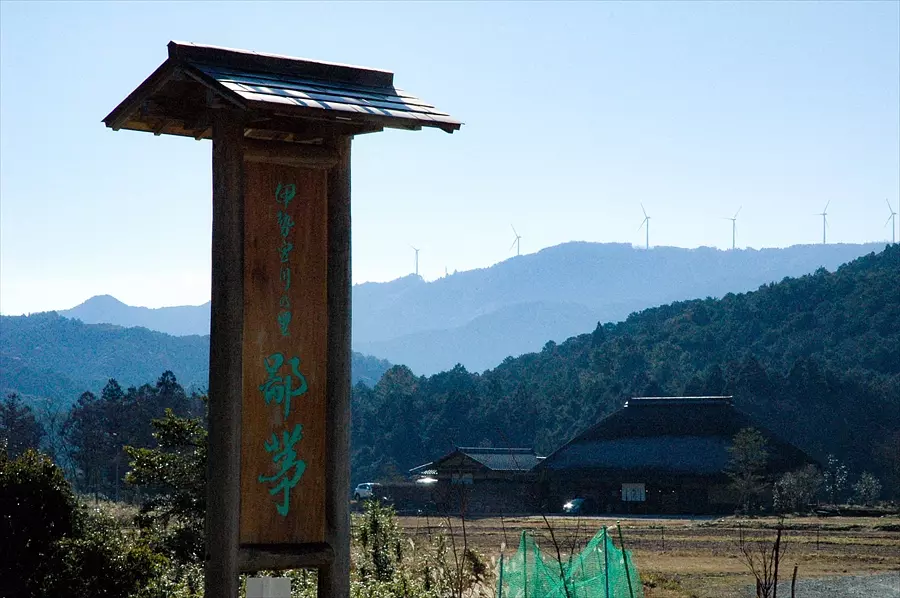
I would like to tell you about the blissful time spent at Hinakaya, a village on the Isemiya River.
Added on 2019/5/20
Earned one star in “Michelin Guide Aichi/Gifu/Mie 2019 Special Edition”!
*One star = excellent food worth visiting if you're in the area
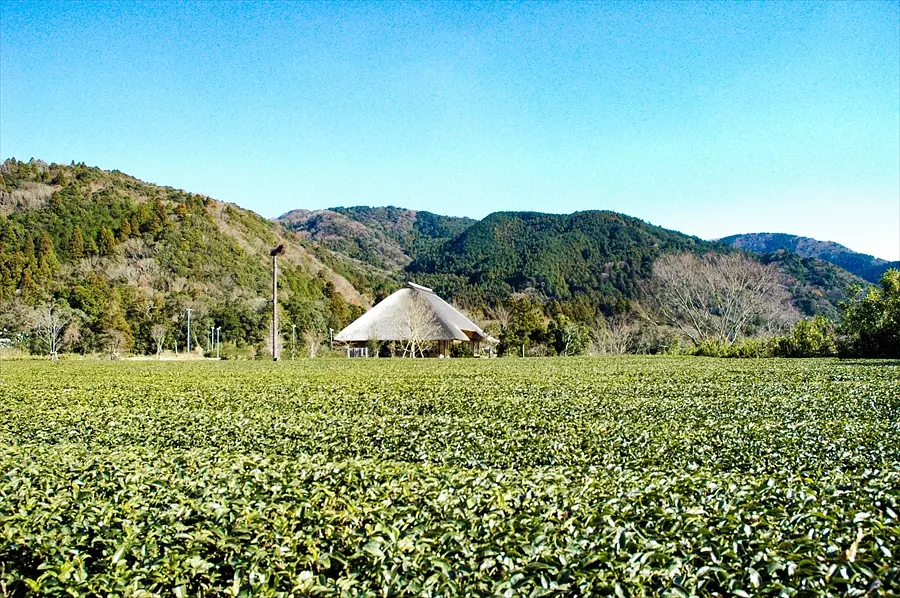
It is filled with the owner's desire to preserve and convey the charm of Satoyama, which changes color with the seasons, to visitors.
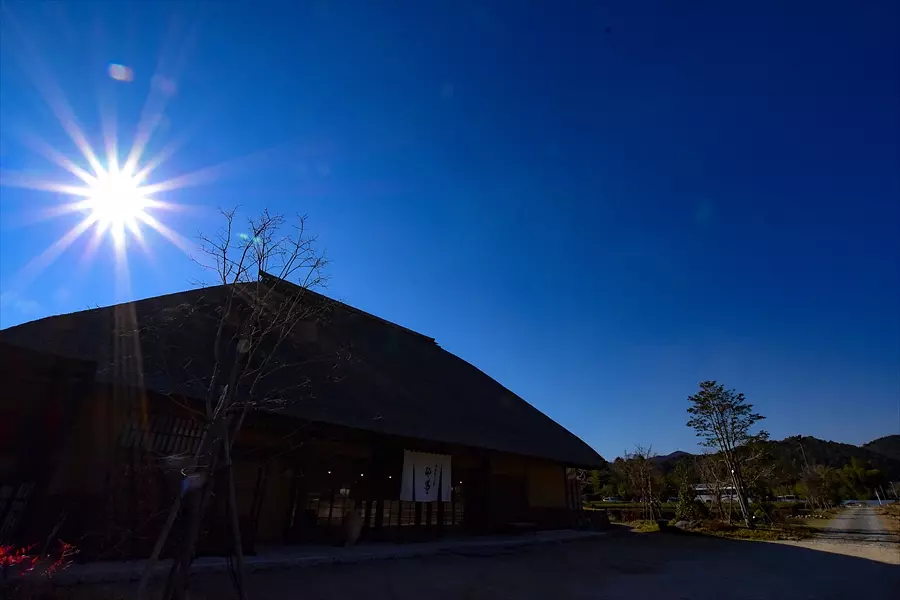
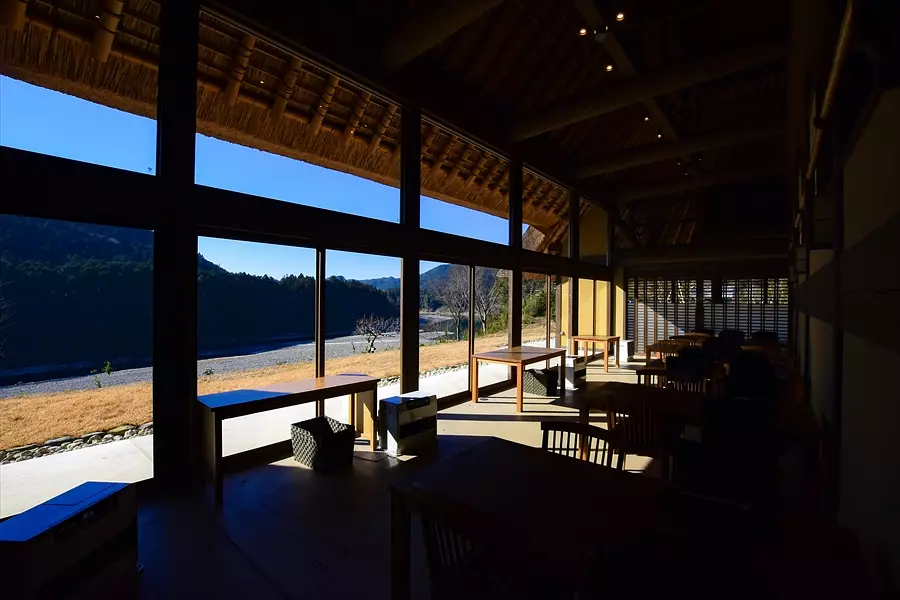
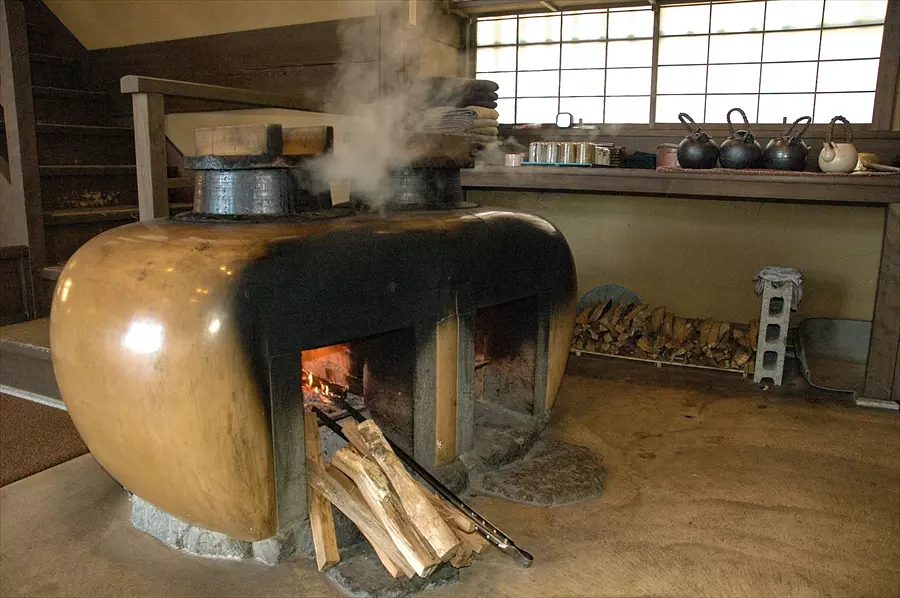
Thatched roofs are said to be the most primitive type of roofs, and when a hearth or stove is used indoors, the smoke smokes the roof, making it more durable. It is also said to have an insect repellent effect. It's wisdom that has been passed down from ancient times.
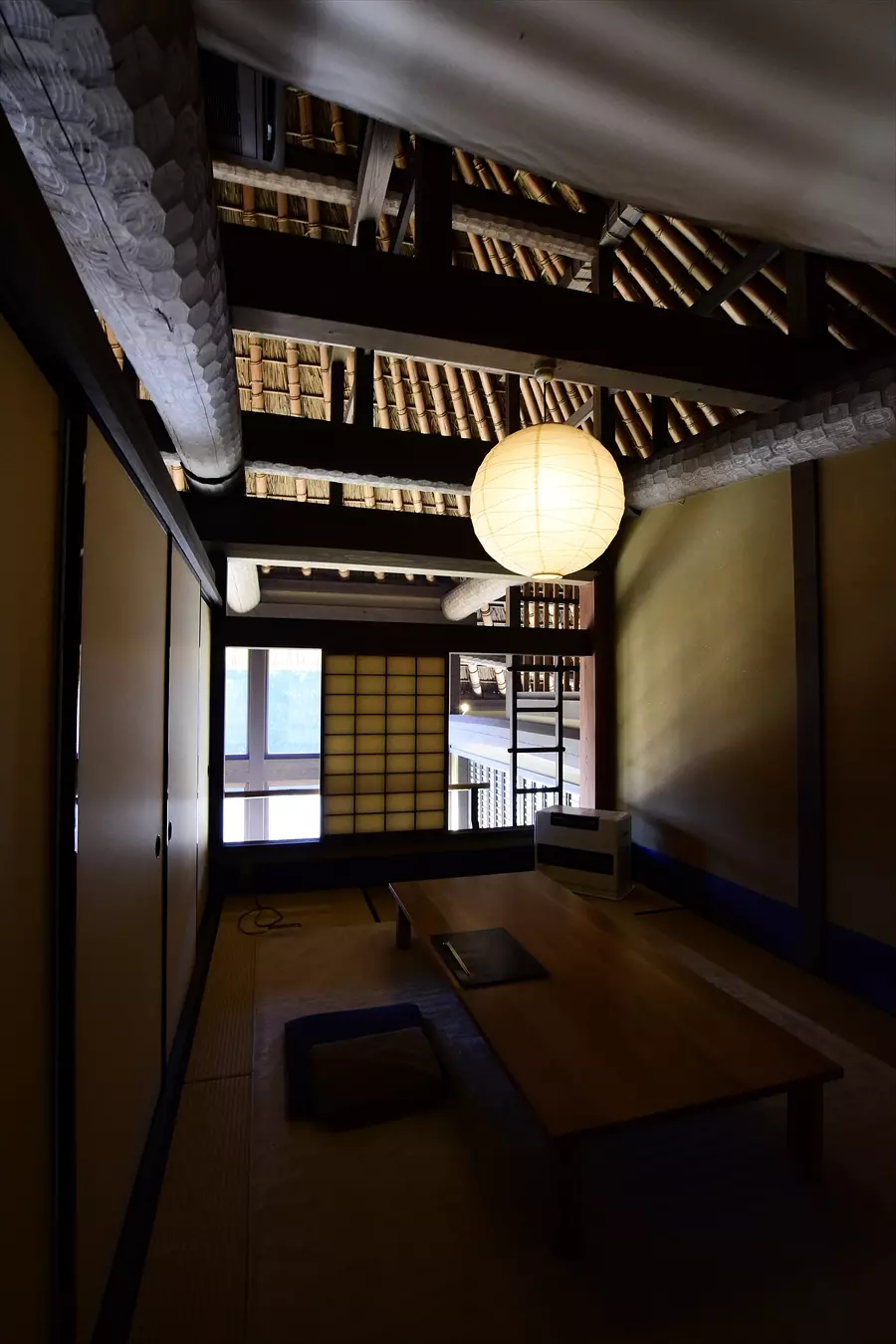
On the other side of the shoji screen, you can see a gently flowing, sparkling river. It's a small, calm room.
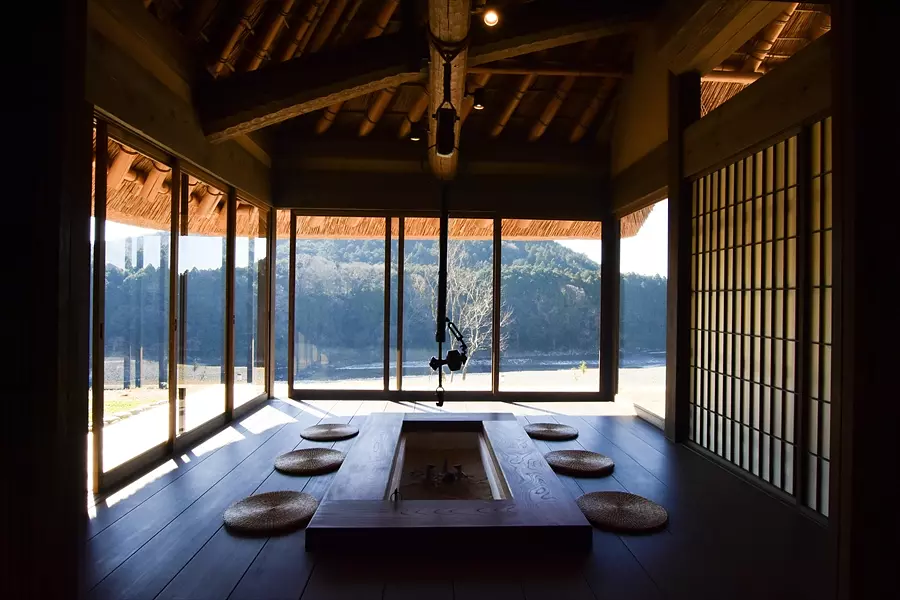
An orderly space overlooking the mountains and river. It's full of atmosphere.
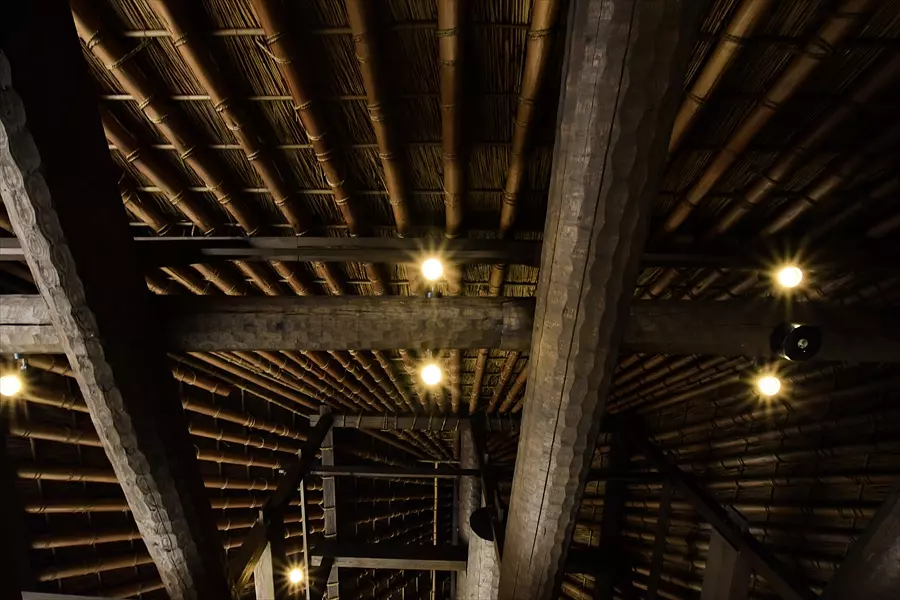
The wood grain illuminated by warm-colored lighting is beautiful, and the scale of the interior of the building is overwhelming.
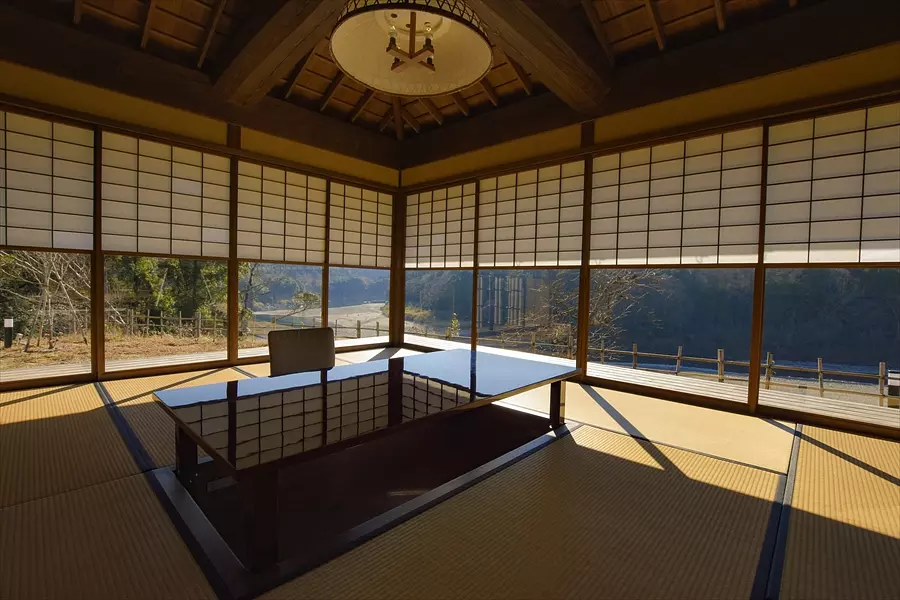
The three sides and the upper half are made of shoji glass, allowing you to enjoy the Japanese nature with its rich satoyama atmosphere while enjoying the delicious food. It is a sunken kotatsu, so it won't put strain on your feet.
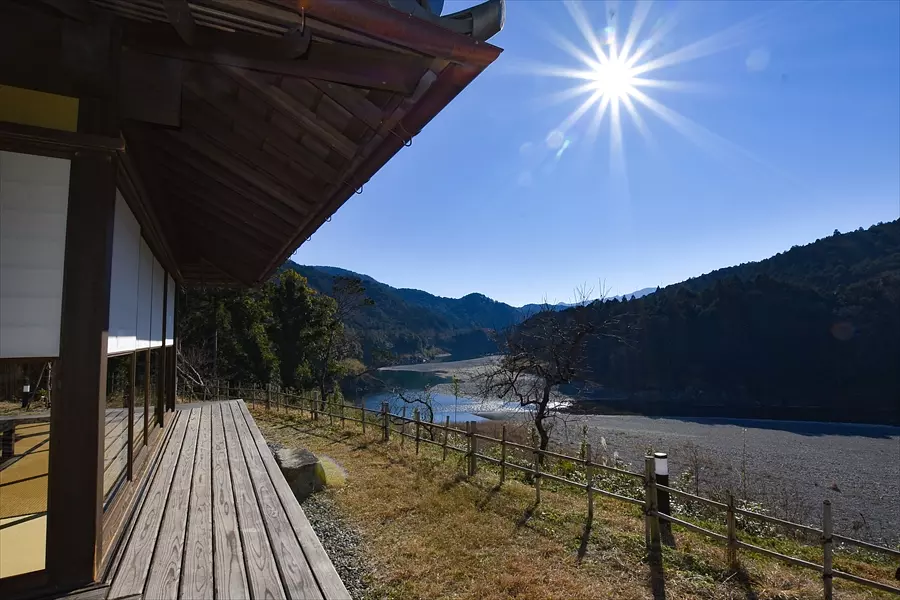
In other words, it's a quiet and luxurious time for adults.
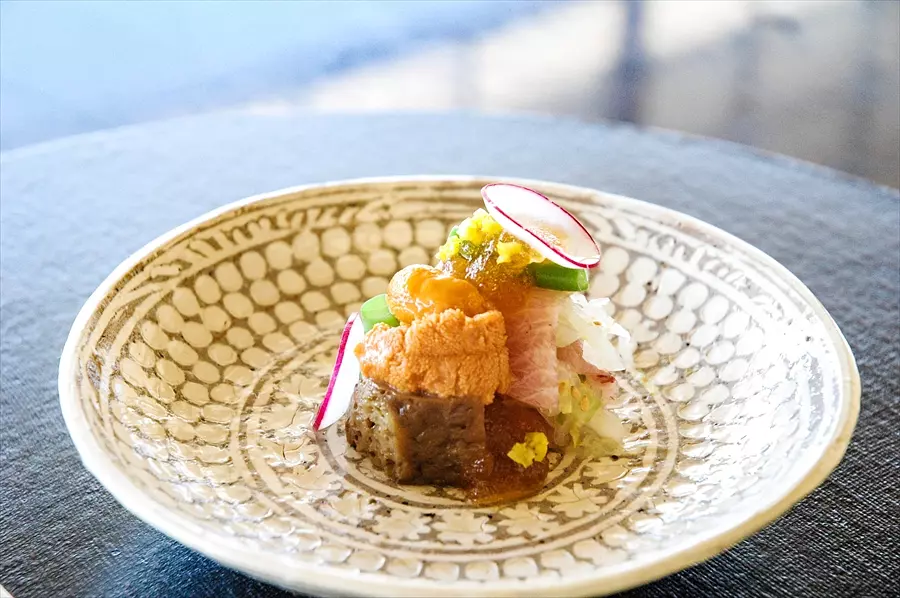
Made with yellowtail sashimi, thinly sliced Chinese cabbage, Rikyu fu, sea urchin, and Tosa vinegar jelly, the cute colors make your heart flutter, almost like a sweet. Not only does it have a perfect balance of sweetness and sourness, but it also has a pleasant aftertaste of sesame seeds that fills your mouth. From the first encounter to the aftertaste, it was a highly complete dish.
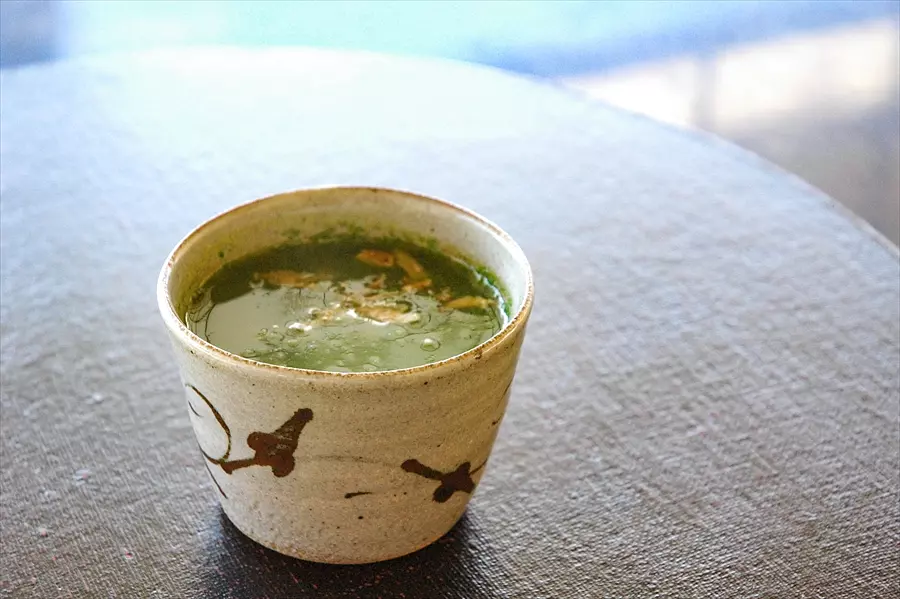
Surinagashi is a Japanese dish made by grinding ingredients and spreading them with dashi stock. It contains oysters and turnips, and is topped with burdock chips. You can enjoy the deep flavor of the soup stock, the softness of the turnips that fall apart on your tongue, and the aromatic aroma of the burdock. The aftertaste was surprisingly refreshing, and even those who don't like shungiku could enjoy it.
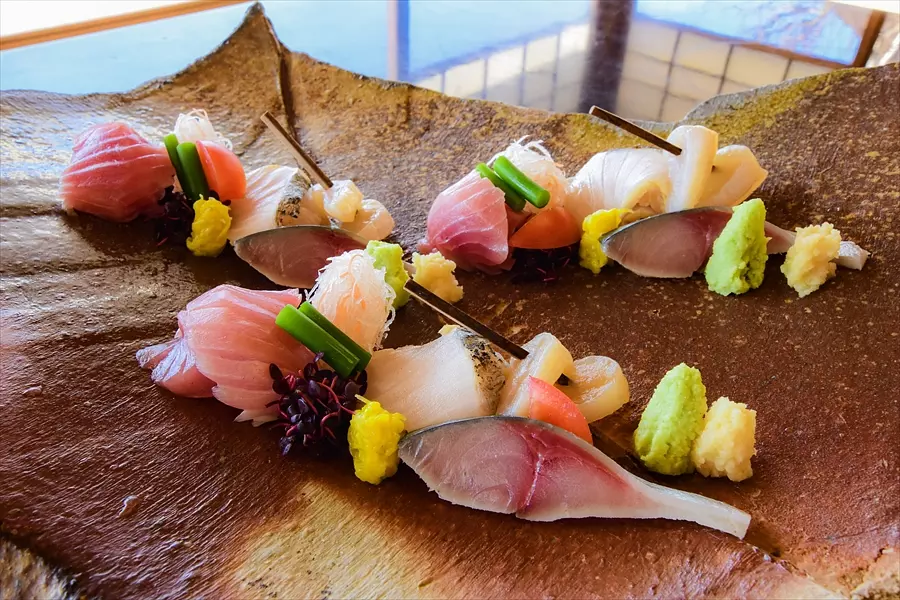
Young bluefin tuna, such as yellowfin tuna, Spanish mackerel, pearl oyster, and shime mackerel. It has an elegant taste.
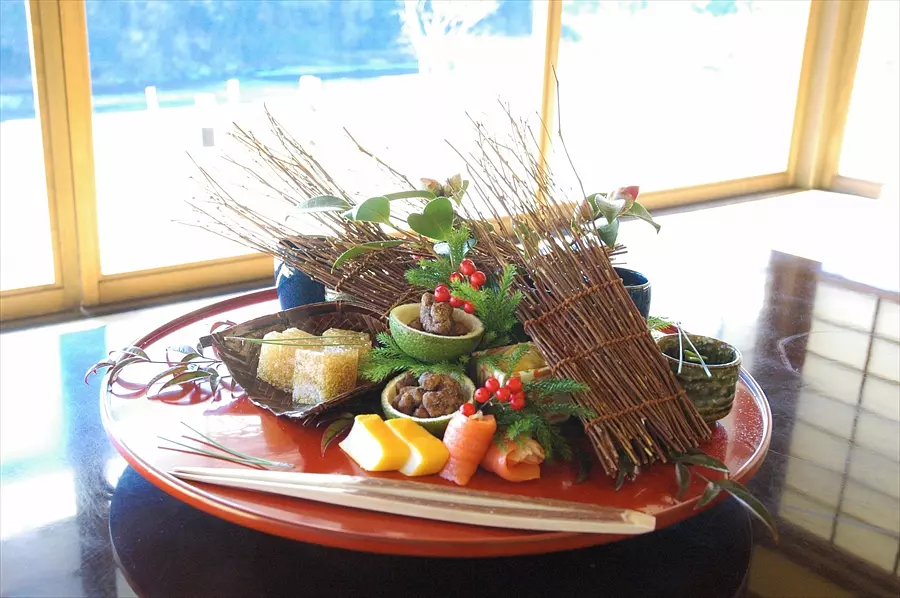
The atmosphere is like a work of art, reminiscent of ikebana. It is a truly luxurious dish, with plenty of vegetables such as taro and pumpkin, and delicacies such as salmon roe and sea urchin. The jelly-filled sukeko (pollock roe) was irresistibly delicious, with its chewy texture and sweet and spicy flavor.
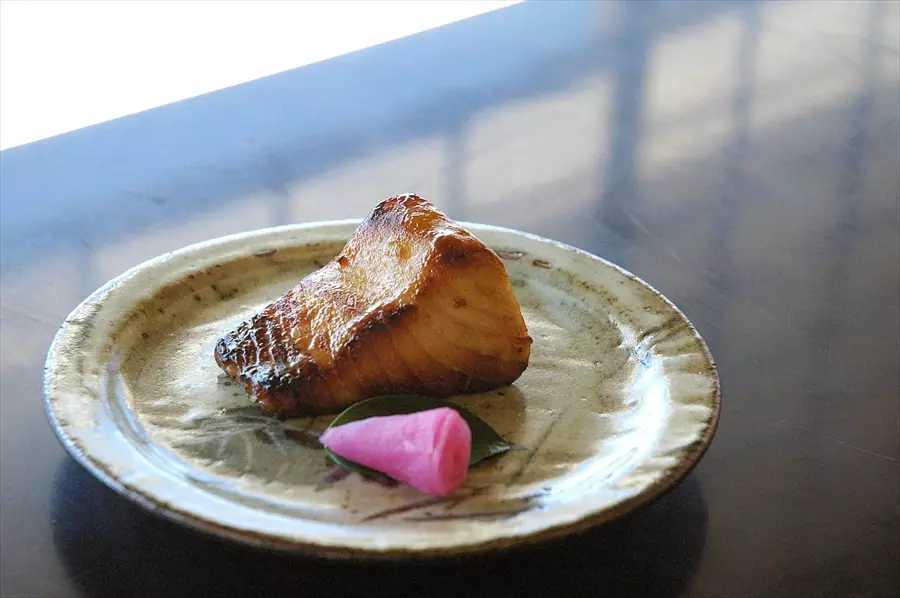
Was the mackerel this soft? It had a fluffy texture that I expected. In the foreground is a pink camellia radish. The sweet and sour pickled radish shaped like a flower is so cute.
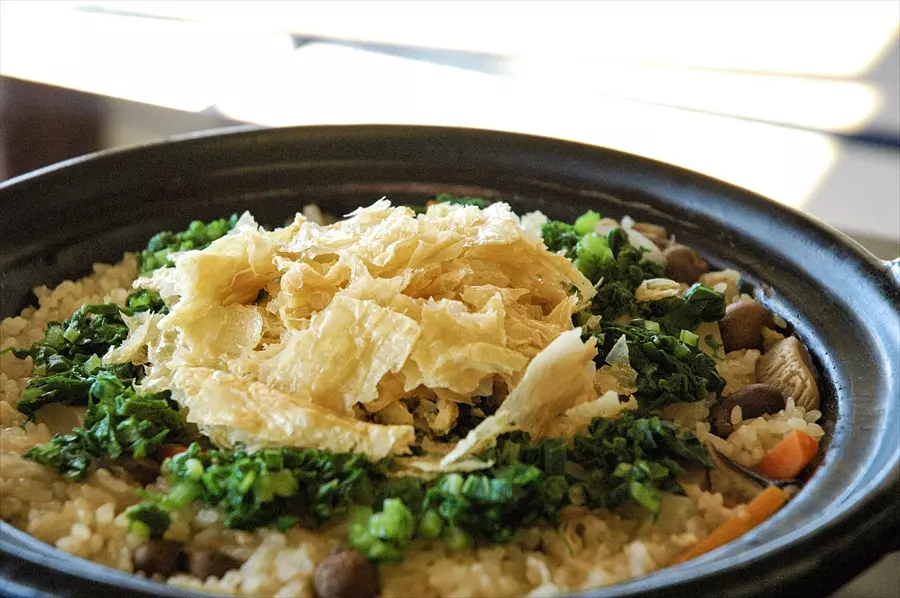
The flavors of daikon radish, carrot, burdock, shiitake mushroom, and mukago are well absorbed into the fluffy cooked rice. All the vegetables are soft!
What's on top of the bright green rapeseed flowers is yuba. It had a light texture that you could eat as much as you want.
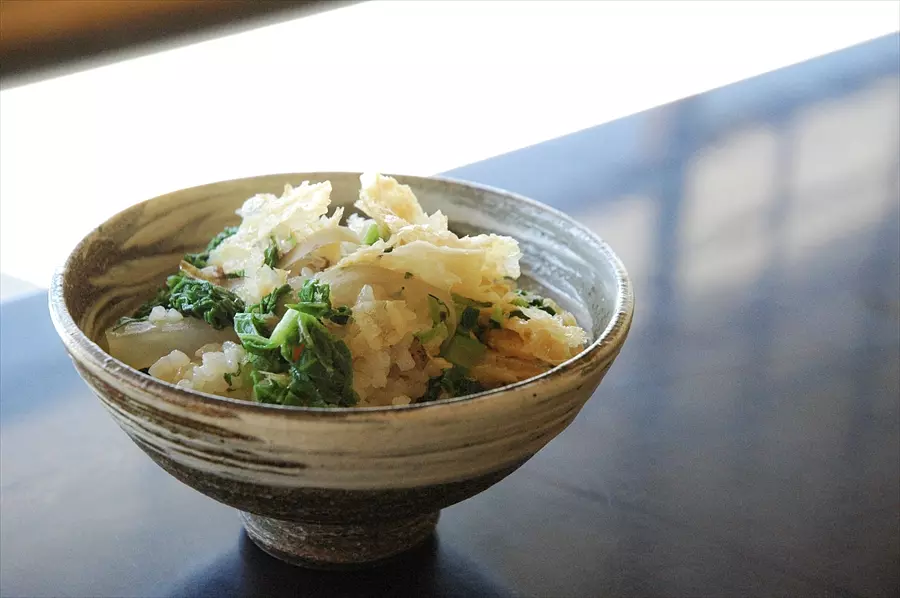
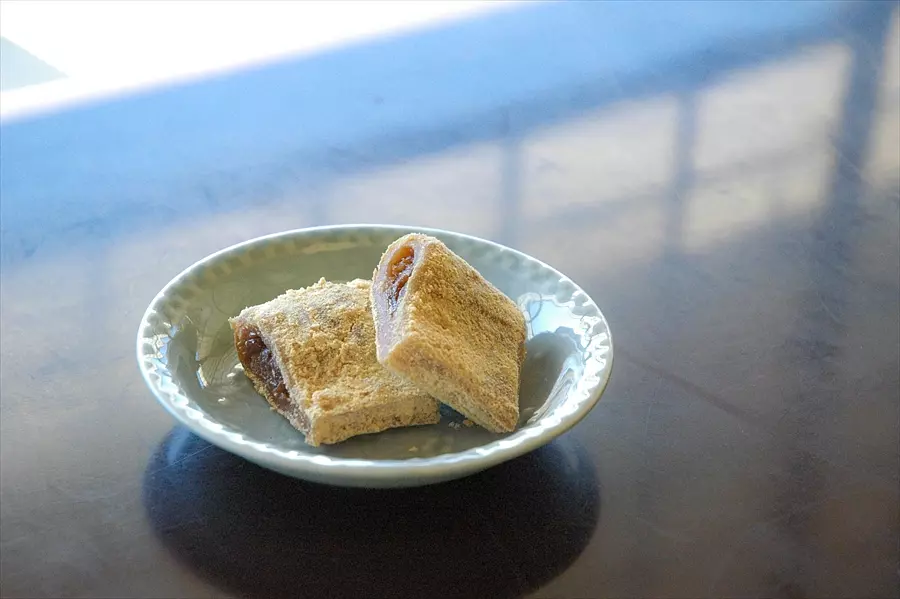
The elegant sweetness of the sprinkled soybeans and the miso bean paste wrapped up the luxurious course of Japanese cuisine. When I suddenly looked outside, I saw a calm river flowing at the same pace, and sunlight reflecting diffusely. It was a fulfilling time. ``Thank you for the meal'' with all my heart.
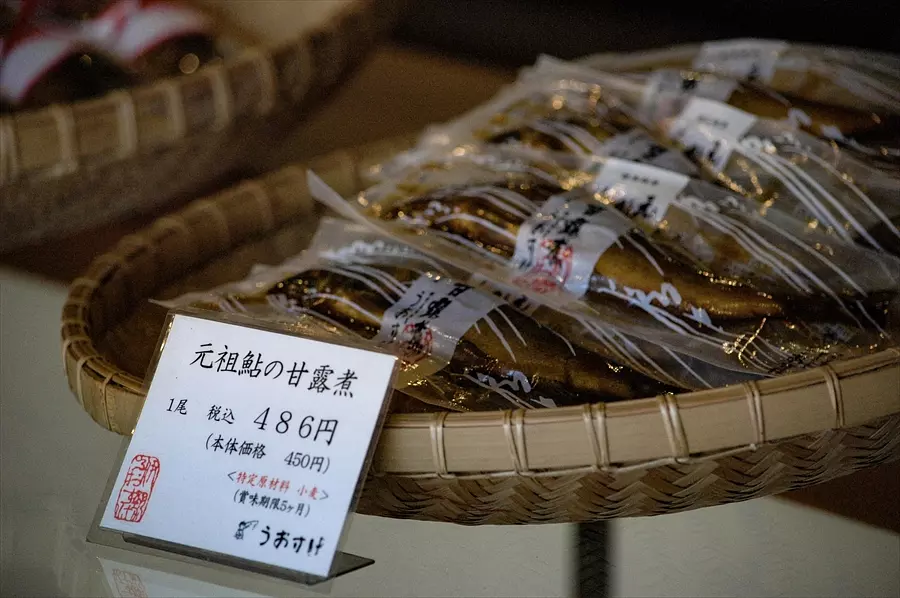
In the store's showcase, you can also find kanroni that you can purchase to take home.
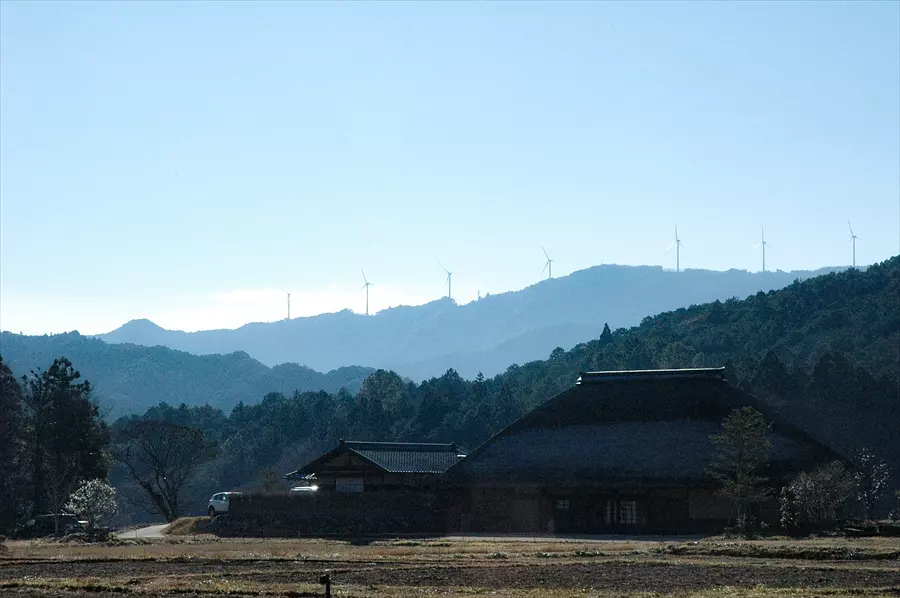
This is an attractive restaurant that is overflowing with quality without being too overstated, yet has an overwhelming presence. When you step into a world that resembles a Japanese painting, you will find a tranquil indoor space, a landscape of a woodland rich in nature, and colorful Japanese cuisine made with plenty of seasonal ingredients. Why not take a break from the hustle and bustle of society and your daily duties?
【basic information】
Address 615 okase, Taki-cho TakiTown
Phone number 0598-39-8080
business hours
[Lunch] 11:00-15:00 (Entry until 13:30) Reservations preferred
[Dinner] 17:00-21:00 (Entry until 19:00) Reservation required two days in advance
・Kaiseki meal (course)
[Lunch] 2,800 yen Weekdays only (excluding Saturdays, Sundays, and holidays)
3,800 yen, 5,000 yen, 8,000 yen, 10,000 yen
Chef's choice 10,000 yen - 20,000 yen
[Night] 5,000 yen, 8,000 yen, 10,000 yen
Chef's choice 10,000 yen - 20,000 yen
Access: Approximately 15 minutes from Sewataki Interchange on the Ise Expressway
*Information as of April 2018. Prices may have changed, so please check with your contact information before making your trip.
[Featured in Michelin Guide Aichi/Gifu/Mie 2019 Special Edition! ]
Hinakaya has been awarded one star in the Michelin Guide. In addition to Nakamaya, there are many restaurants and eateries in Mie that are introduced, so please use it as a gourmet guide.
| Category | |
|---|---|
| season | |
| area |

